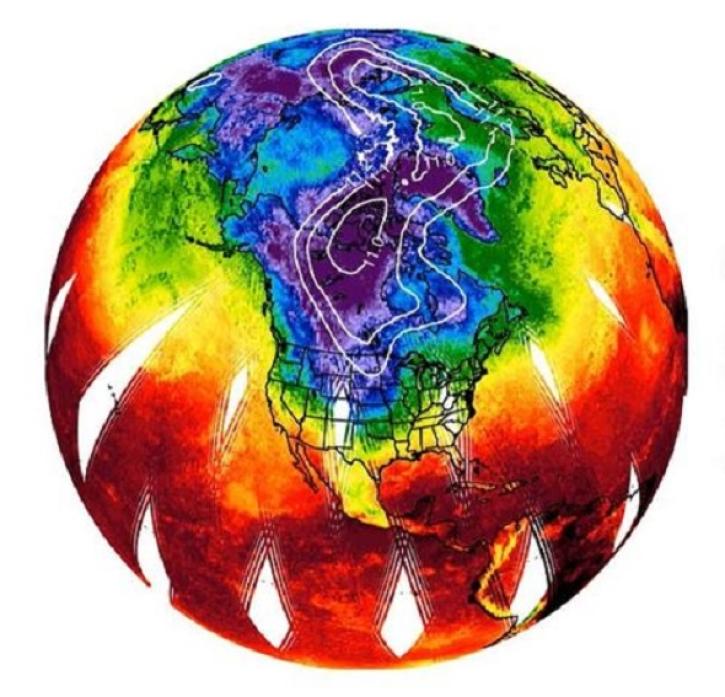Access a range of datasets and data tools to further your humidity research.
Humidity is a measure of water vapor in the atmosphere. There are measures of absolute humidity, which is the grams of water vapor present per cubic meter of air. Specific humidity is the grams of water per kilogram of air. Then there’s the one people are most familiar with, relative humidity, which is the percentage of water vapor present in the air relative to the maximum it could hold at its temperature. Knowing the humidity is useful for many things including assessing forest or soil moisture, predicting thunderstorm development and severity, calculating ice formation or estimating air quality.
NASA’s ground, airborne, and satellite instruments measure humidity in a variety of ways and offer hundreds of datasets with the information and direct applications for air quality, disease, extreme heat, and tropical cyclone research.
Learn How to Use Humidity Data



Join Our Community of NASA Data Users
While NASA data are openly available without restriction, an Earthdata Login is required to download data and to use some tools with full functionality.
Learn About the Benefits of Earthdata LoginFrequently Asked Questions
Earthdata Forum
Our online forum provides a space for users to browse thousands of FAQs about research needs, data, and data applications. You can also submit new questions for our experts to answer.
Submit Questions to Earthdata Forumand View Expert Responses